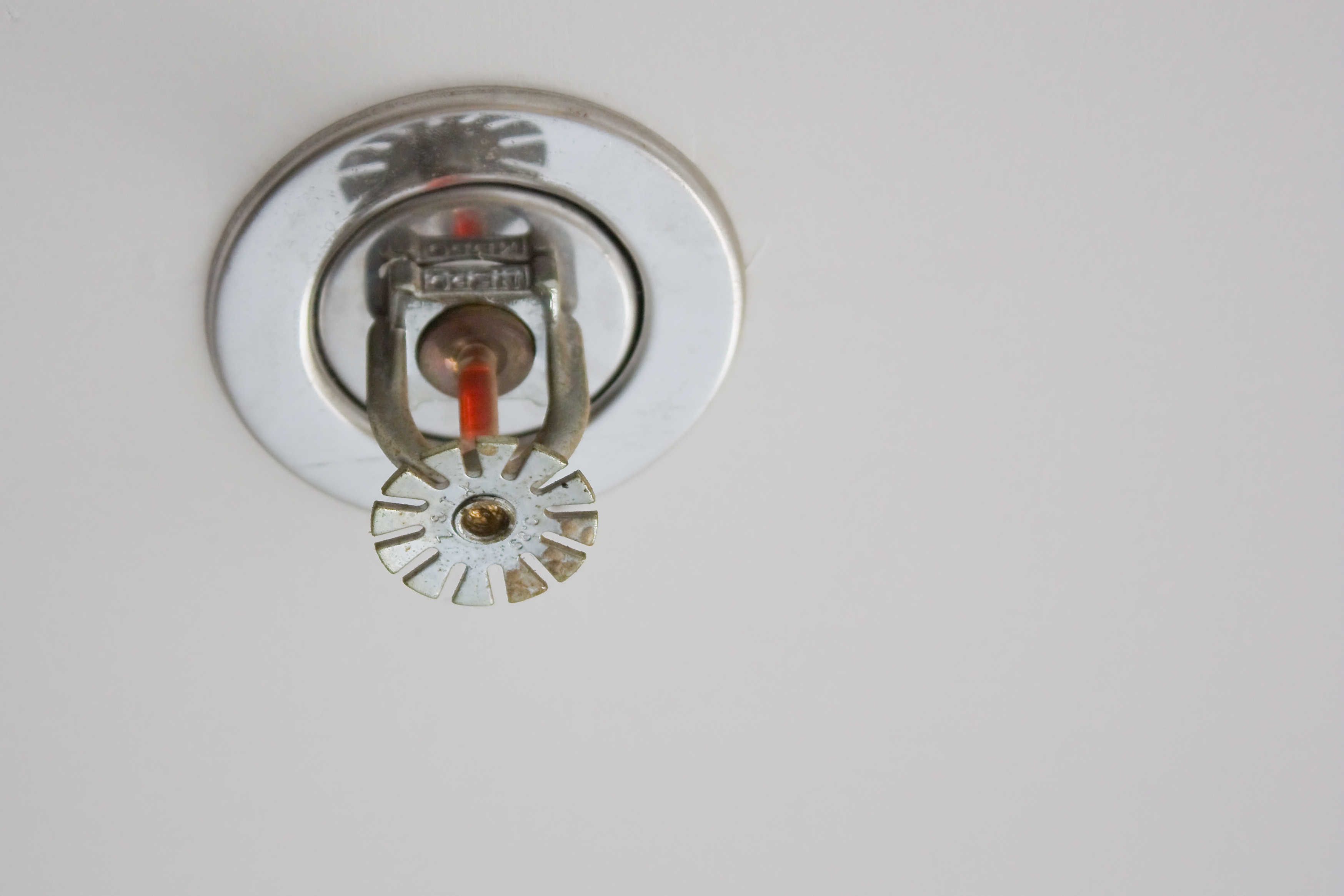How Fire Safety Tools and Fire Response Training Work in Harmony
How Fire Safety Tools and Fire Response Training Work in Harmony
Blog Article
A solid fire safety plan combines systems and trained responders. Automatic fire suppression technologies and emergency response drills are two critical pillars for minimizing fire damage.
While sprinklers provide immediate action, trained fire brigades step in to handle complex situations. Together, this dual strategy minimizes risks.
The Basics of Fire Suppression Technology
Automatic fire suppression setups operate automatically to control fires. Functioning based on heat sensitivity, they spray water to the fire zone.

Core benefits to rely on sprinklers for fire safety include:
- Quick suppression: Ensures faster containment.
- Hands-free response: Operates without delays.
- Localized activation: Prevents unnecessary damage.
Why Fire Brigade Training is Crucial
Fire brigade training develops responders to act during fire crises. Despite having automated suppression technology, fire brigade efforts are invaluable.

Response readiness courses focus on the following areas:
- Understanding fire risks: Recognizing common fire hazards.
- Organized escape routes: Ensuring everyone knows what to do.
- Mastering fire equipment: Gaining experience with tools.
sistema contra incendio sprinklersprinkler seco
How Sprinkler Systems and Fire Brigade Training Work Together
Sprinkler systems and fire brigade training create a balanced safety strategy. Sprinklers control the flames quickly, fire brigades handle residual risks.

This partnership strengthens overall safety for residential buildings, business properties, and industrial sites.
Why Both Sprinklers and Training Are Essential
An effective fire protection strategy incorporates sprinklers and brigade programs. Sprinkler systems reduce fire spread instantly, while emergency drills supports long-term safety.
Start enhancing your fire safety today by scheduling fire brigade training. Safety starts with preparation and technology!
Report this page